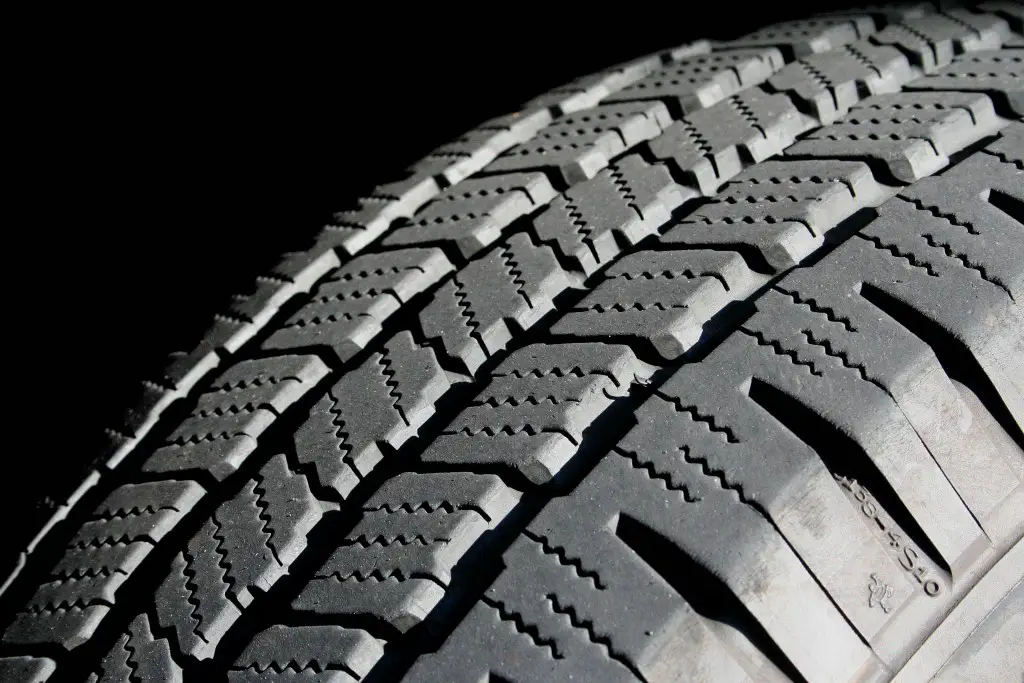Concerns with vehicle tire pressure monitoring and tire integrity perplexes drivers negotiating extreme diving conditions. These concerns are indications of tire inflation problems that could compromise safety. The more a driver knows about the behavior of tires will result in huge savings at the tire shop each season.
Reliable and affordable tires are one of the most important components of a safe and reliable vehicle. Many vehicle owners are driven crazy because of the performance and conditions of tires. The point where the “rubber meets the road” is where the greatest attention should be paid to driving safety. The more a tire is readied for harsh conditions, the more a driver will feel safe using them. Studded tires and chains are common for cold weather, and multi-walled steel belting is needed in hot climates. Vulcanized rubber makes tires one of the most variable components of any vehicle no matter the condition. Here are ten things to be aware of when monitoring the integrity and condition of standard highway tires.
1. Front Wheel Drive Tire Configuration
The majority of family vehicles on the road are equipped with front wheel drive. When switching tires, it is important to have the two best tires mounted on the front axle. Uneven distribution of tire treads with cause undo wear on the spider joints of front wheel drive vehicles. It will also diminish the tread grip in icy and watery conditions. Be sure there is an accurate record of tire rotation at the tire shop where a vehicles servicing is done.
2. Factory Wear Indicators
Every four months, vehicle owners should inspect the tread depth of their tires. This is an easy procedure. Almost every standard tire has a tread depth indicator marked every few inches between the tire’s tread lines. These depth indicators are usually raised, rubber bumps set in the lines between tread patterns. If a tire’s tread is nearly equal in level with these rubber indicators, it’s definitely time to switch-out the set.
3. Water Channeling Is Important
Many vehicle owners want an attractive set of tires. Sometimes aesthetic appeal ignores safety. Almost every vehicle owner needs a set of tires that will act responsively to the wheel. This is true for any climate. The main tire sensitivity factor is water. When purchasing a new set of warm or cold weather tires, always consider the set’s rating for channeling water.

4. Studded Tires Are A Great Alternative
Some states have banned studded tires because they are assumed to cause roadway damage. The math behind the added stopping power of studded tires is, however, undeniable. Quality studded tires exponentially increase a vehicle’s ability to come to a controlled stop in snow, water, mud and black ice-covered conditions. A set of summer tires plus a set of studded winter tires will double the length of the tire’s working life, and will provide driving freedom and safety year round.
5. Chains And Cables Aren’t For Lead foots
Chains and wheel amendments should be considered “last resort” items when travel is necessary through extremely slick road conditions. Tremendous pressure is put on both tires and drive trains when using chains and cables. Once these aides are in place, normal driving patterns and behaviors should be changed. Slow and steady progress will preserve the health of a drive system, the passengers, and the walls and skins of quality tires.
6. The Average Life Of Tires
Normal tread life expectancy for modern highway tires is 70,000 miles for double walls, and 50,000 miles for single walls. It is important to keep a record each year of how much use a vehicle’s tires undergo. Sudden changes in the appearance of tires, or their behavior on the road indicates an end to the set’s lifespan.
7. Wall Strength Is Numero-Uno
Neighborhood driving is safe with single-walled tires. Combination highway and country road driving should be done with double-walled tires to maximize life and minimize repair expenses. Steel belting is almost a necessity for drivers wishing to get 50,000 to 100,000 miles from a good set of tires.
8. Tires And Breaking Go Hand-In-Hand
The same problems that affect breaking will likely translate rapidly to tire integrity. Braking assemblies and tire health are intimately timed together. When one is in need of repair, the other will likely need a service.
9. Temperature Affects Tire Pressure
Vehicle owner’s will sometimes observe visual changes in the walls of tires day-to-day. Keeping in mind that factory-recommended air pressure levels are necessary for mileage and safety, it’s good to monitor these changes. With radical shifts in temperature, the air in a tire and the tire itself will experience expansion and contraction which changes the appearance of a tire’s walls. This is not always and indication that a tire is under or over-inflated. Keep a quality tire pressure gauge in the vehicle at all times to monitor when a tire is experiencing a slow leak, or a normal air pressure shift.
10. Modern Road Treatments Are Harsh On Tire Integrity
Most cities and states are now treating public roadways with chemicals that are cheaper than sand, gravel and other traditional safety measures. In the northern hemisphere, road treatments are a seasonal certainty. Unfortunately, most of these treatments have chemicals like magnesium, calcium and other chlorides which leave residues on the surfaces of a vehicle necessary for optimal tire health. Wheel rims, brake shoes, valves and points can be compromised because of chemical road treatments. It is important to be aware of local road treatments being used and understand that they can have a radical negative effect on the performance of tires.
There is nothing wrong, even if obsessive, with monitoring vehicle tire conditions on a daily basis. The more a driver can learn about how his or her vehicle’s tires behave and perform in diverse conditions, the safer and less expensive tire maintenance will be in the long run.